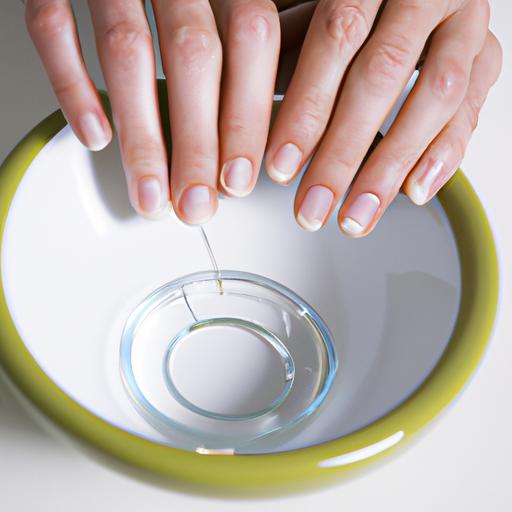Table of Contents
Introduction
Nail biting is a prevalent habit among children that can be exasperating for both the child and their parents. It’s crucial to tackle this habit early on, as it can result in various adverse consequences. Nail biting can lead to infections, warts, dental issues, and social stigma. In this article, we’ll delve into the causes of nail biting in children, its effects, and effective ways to help them quit this habit.
Causes behind Nail Biting
Nail biting is a common habit with multiple underlying reasons. Anxiety stands out as one of the primary triggers for nail biting in children. Kids who feel anxious or stressed may find solace in biting their nails. Boredom can also play a role, as children may nibble on their nails out of habit or to keep themselves occupied. Imitation is yet another cause, as children might pick up the habit after observing their peers or family members doing it. Finally, genetics can contribute to nail biting, as it tends to run in families.
Identifying the root cause of nail biting is vital to effectively curbing the habit. Parents should pay close attention to their child’s behavior and try to identify any potential triggers that drive them to bite their nails. Once the cause is determined, parents can take appropriate measures to help their child break the cycle.
Adverse Effects of Nail Biting
While nail biting may seem like a harmless habit, it can have significant negative effects on a child’s health. Infections are a common consequence of nail biting. Bacteria and viruses can easily enter the body through the nails, leading to infections in the mouth and other body parts. Nail biting can also pave the way for warts, as the virus responsible for warts can enter the body through broken skin around the nails. Additionally, dental problems can arise due to nail biting, including chipped or broken teeth and misalignment resulting from jaw pressure. Lastly, nail biting can subject children to social stigma, as it is often perceived as unhygienic and unattractive.
Strategies to Stop Nail Biting
Putting an end to nail biting in children can be a daunting task, but there are several effective strategies that parents can employ to help their child break the habit. Positive reinforcement proves to be one of the most impactful approaches. Parents can reward their child for refraining from nail biting and offer encouraging feedback when they notice their child abstaining from the habit. Identifying triggers is another crucial step, empowering parents to help their child avoid situations that may prompt nail biting. Distraction techniques can be highly effective as well. Introducing alternative activities like playing with a stress ball or a fidget spinner can keep their hands occupied. Furthermore, encouraging relaxation practices such as deep breathing or yoga can help children reduce anxiety and stress, which are common triggers for nail biting. With patience and consistency, parents can assist their child in overcoming nail biting, fostering improved overall health and well-being.
Remember, putting an end to nail biting requires a gentle and understanding approach. By implementing these strategies and offering support, parents can guide their child towards healthier habits and a brighter future.





